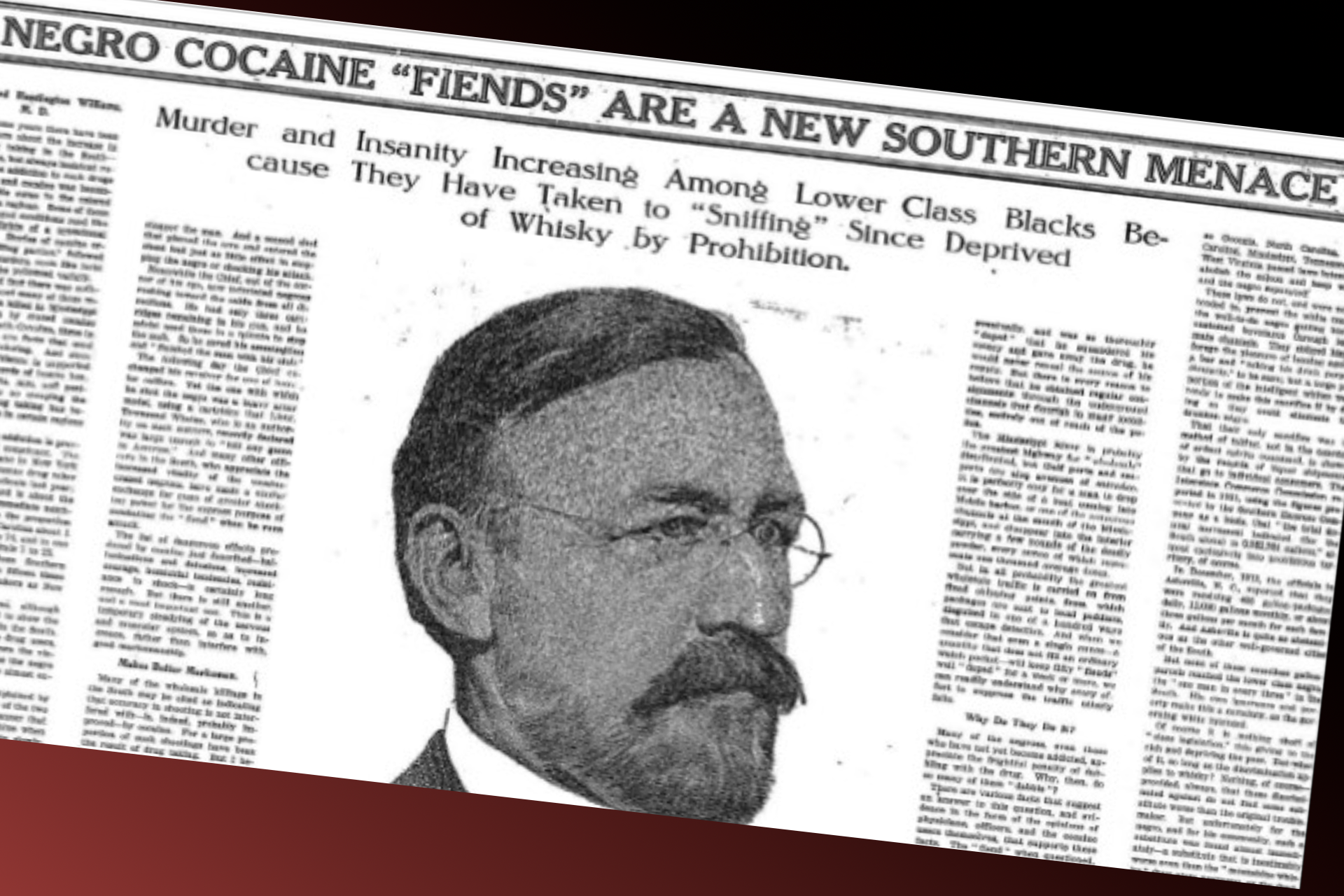
In the face of federal funding cuts, Baltimore officials and members of a new board overseeing funds from opioid lawsuits are concerned whether a deluge of austerity measures could hamper the city's momentum in addressing the overdose crisis.
Members of Mayor Brandon Scott's administration and the Opioid Restitution Advisory Board came together for the first time on Wednesday. At an otherwise introductory meeting, anxieties quickly arose about the possibility that a windfall of restitution funds could need to be redirected to supplant existing expenditures rather than build up the city's harm reduction and recovery infrastructure.
"We're making sure that this money is used most effectively, and that's particularly important right now with all the cuts going on at the federal level," said Sara Gross, chief of the city law department's affirmative litigation division.
The comments came as the board, whose members were sworn in last month, aimed to lay the groundwork and set priorities as funds from lawsuits against opioid manufacturers and distributors continue to hit the city's coffers.
Baltimore is slated to receive nearly $670 million from five settlements and a jury verdict late last year. More than $200 million has already been received after factoring in legal fees, officials said Wednesday.
However, as President Donald Trump incessantly moves to slash federal spending, board members voiced grave concerns.
Earlier this week, Trump's administration abruptly announced it would cancel billions of dollars meant for local health departments, including money for services related to mental health, substance use and infectious disease prevention.
Meanwhile, the U.S. Office of Management and Budget's directive to pause federal grants and loans until recipients align with the administration's far-right ideology remains entangled in the court system.
"The concern that I have heard in this circumstance is the federal funding uncertainty that we're anticipating," said board member Danielle German, who also serves as an associate professor of health, behavior and society at the Johns Hopkins Bloomberg School of Public Health.
"The challenge and the opportunity with these funds is to relate to that one way or another... The concern about whether the priority gets diverted because there are gaps that didn't exist today but exist tomorrow."
The funds from settlements and an ongoing lawsuit are required to be earmarked for opioid remediation efforts, and officials have viewed them as a tool to augment harm reduction initiatives amid a deadly overdose crisis.
The concerns, however, have more to do with the fact that cuts to existing programs could hamstring local initiatives and force the city to use restitution funds to fill the gaps rather than turbocharge its efforts.
As one senior official noted, for example, the city's health department is largely funded by federal grants, which could put it in the crosshairs.
"I am worried," they said. "A very small amount [of the budget] is on our general fund, so all we've been able to do to get to this point was because of federal support. Having that money at risk... I would hate to see this money go into a backfill. We're trying to move forward; I don't want to just hold the dam."
A silver lining amid the flurry of headlines about cuts is that the hundreds of millions of dollars in restitution funds come directly from litigation against opioid manufacturers and distributors — not the federal government.
Though appeals are likely in an ongoing lawsuit, settlements reached last year guarantee that the city will receive that money regardless of federal action.
"There's always concerns about what the federal government is doing as far as their cuts, but because this money has been allocated for this particular reason, I think we're OK," one official said. "But with everything else being cut, we have to pay attention to what's happening."
The uncertainty comes nearly a year after Scott first created the advisory board through an executive order. It was described as a new chapter in the city's overdose crisis response — though it was a time when the man at the helm of the federal government didn't want to slash public health spending.
The order, which came on the heels of headlines declaring Baltimore as the city with the highest overdose death rate in the nation, established a dedicated opioid restitution fund and a trust for the dollars that accrues interest over time.
Based on multiple sources, Mobtown Redux estimates the city has allocated more $107 million for local opioid remediation programs, as stipulated by settlement agreements with five companies. That included $20 million allocated directly to the health department.
The remaining funds will be put in the trust and allocated over 15 years. The fund could have billions more coming, as a judge is expected to rule on a landmark opioid case against distributors McKesson and AmerisourceBergen, formerly Cencora, in the coming weeks.
Regardless of the outcome, hundreds of millions will be heading to the city at a crucial juncture in the decades-long crisis.
Data recently published by the Maryland Department of Health showed Baltimore recorded 720 deaths in 2024, a 31% decrease from the year prior.
Though the numbers are subject to change because they are preliminary, the significance of the decline has prompted both newfound optimism and a recognition that more work must be done amid a devastating public health issue.
The last time Baltimore saw fewer than 750 overdose deaths was in 2016, when 694 deaths were recorded. That year marked the beginning of a massive surge in fatalities, with just 393 overdose deaths recorded in the year prior, according to state health department data.
Both the city and state outpaced the decline seen nationally, where a decrease of 25.5% was reported in the 12-month period ending in October, according to the Centers for Disease Control and Prevention.

ICYMI: Last week, I published a piece for Filter highlighting the two key harm reduction bills that are slated to die in committee — again:
Harm reduction advocates in Maryland have fought for years to get lawmakers to pass legislation to prevent overdose deaths. After a pair of bills missed a key deadline, they face bitter disappointment once again.
March 17 was “Crossover Day” in Maryland—the date by which bills must pass one chamber of the General Assembly in order to be guaranteed a vote in the other by the end of the legislative session in April. As lawmakers rushed to pass numerous bills, those cross-filed in both chambers that would legalize overdose prevention centers (OPC) and decriminalize drug “paraphernalia” languished in committee.
When the deadline passed at midnight, neither had proceeded to a floor vote.
Click here to read the full article.
Mobtown Redux's Overdose Data Dashboard has been updated with the latest local, state and national data. Check it out here:
Preliminary data recently released by the Maryland Department of Health covers total overdose deaths in the 12-month period ending in February. Overall, deaths have continued to trend downward.
There were 633 OD deaths reported in Baltimore, a death rate of 108.1 per 100,000 people. The highest concentration of deaths remains in the Black Butterfly, specifically in West Baltimore.
Statewide, there were 1,463 deaths. Besides the city, the counties with the most deaths were Baltimore County, Prince George's County and Anne Arundel County, which saw 166, 148 and 109 deaths, respectively.
Click here to learn more about harm reduction resources in the Baltimore area.
The San Francisco Standard: The rise and fall of harm reduction
Drawing on methods that had shown promising results with heroin users in the South Bronx, the nurses learned to build relationships with their drug-addicted patients. They collaborated with social workers to open programs such as needle exchanges outside the hospital.
The science would lead to success: Needle sharing dropped from 66% in 1987 to 36% in 1992, according to the San Francisco AIDS Foundation. The number of HIV cases among people injecting drugs dropped by half from 1992 to 1998 and has continued to slow in the years since.
“We were doing a terrible job treating these patients,” Jones said. “But little by little, things improved when harm reduction became the official policy of the health department.”
Forty years later, that same policy is now in the crosshairs of the city’s leaders.
Click here to read the full article.









Comments